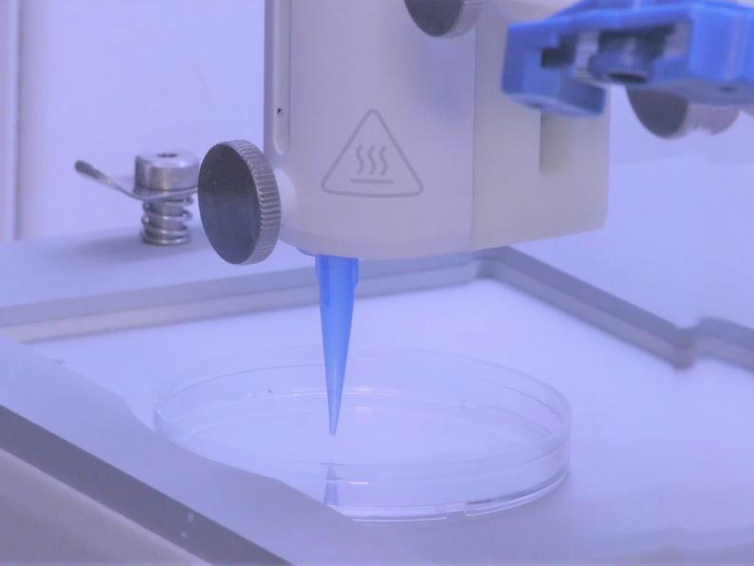Pankaj Karande and Rensselaer Polytechnic Institute colleagues have developed 3D printed living skin, with blood vessels. which could integrate with host cells in grafts.
Until now, a significant barrier to integration has been the absence of a functioning vascular system.
Karande previously made two types of living human cells into “bio-inks,” and print them into a skin-like structure. He now includes human endothelial cells, which line the inside of blood vessels, and human pericyte cells, which wrap around the endothelial cells — with animal collagen and other structural cells typically found in a skin graft.
The cells start communicating and forming a biologically relevant vascular structure within the span of a few weeks.
Karande said more work will need to be done to address the challenges associated with burn patients, which include the loss of nerve and vascular endings. But the grafts his team has created bring researchers closer to helping people with more discrete issues, like diabetic or pressure ulcers.
Click to view RPI video
Join ApplySci at the 12th Wearable Tech + Digital Health + Neurotech conference on February 11-12, 2020 at Quadrus Sand Hill Road. Speakers include: Zhenan Bao, Stanford – Vinod Khosla, Khosla Ventures – Mark Chevillet, Facebook – Shahin Farshchi, Lux Capital – Carla Pugh, Stanford – Nathan Intrator, Tel Aviv University | Neurosteer – Wei Gao, Caltech – Sergiu Pasca, Stanford – Rudy Tanzi, Harvard – Sheng Xu, UC San Diego – Dror Ben-Zeev, University of Washington – Mikael Eliasson, Roche
